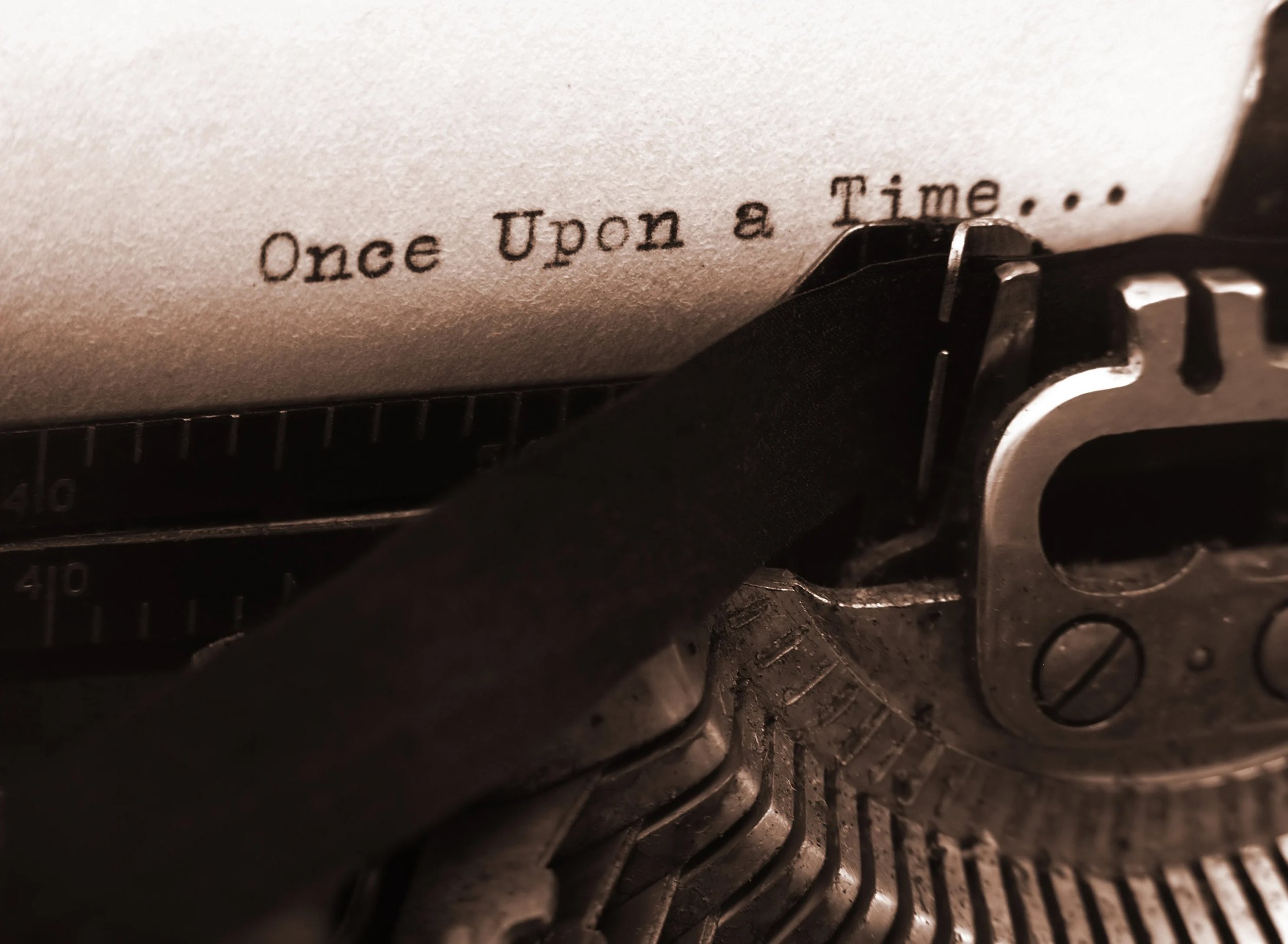Find the Cow in your Story
Tall tales beg the question of when the absolute truth is less compelling than the proper and harmless addition of a good story.
If you know me you know that I'm a vocal and enthusiastic advocate for the city of Chicago. A native of San Diego, I didn't move to my adopted town until 1992, and even then wasn't planning to stay. That was 32 years ago. Things happen.
Communities grow, women steal your heart, children come on the scene, careers change course, blah blah blah. And how I do adore my blah blah blah. Spend five minutes in my presence and you'll see I wear my no-longer-new Chicagoan badge with enormous and unabashed pride.
The first Chicago tourist experience I recommend to every visitor is an architectural boat tour. Multiple companies offer a peaceful, fun, stunning, and impressive 90-minute glide up and down the gleaming Chicago River, marveling at the overwhelming structures and shockingly clean Second City I happily call home. Second because almost every bit of the Chicago we see today was built a second time following the Great Chicago Fire of 1871.
You know, the one started by the cow? The one with the song: “Late last night while we were all in bed, old lady Leary left a lantern in the shed. And when the cow kicked it over she winked her eye and said, ”It'll be a hot time in the old town tonight." (Fire! Fire! Fire!)
Stories Bring Facts to Life
Only the cow wasn't to blame. Or maybe she was, but only as an inadvertent accessory to a crime. We'll never know. The story depends on which tour guide you get on your river cruise. Stories are almost always more engaging and compelling than the complete truth. Ask any tour guide at any museum, landmark, famous place of worship, haunted city, or historic theater anywhere in the world what they say when a patron wants to know what amazing and remarkable thing really happened there, but the real answer is “Um…we don’t know.” Not good for business.
To keep the client's interest, they make the story up, either from whole cloth or some semblance of logical relation. Take any tour, anywhere, and you can bet that at least one ‘fact’ you hear is not fact at all. Remember this when you visit spots like Juliet's Balcony in Verona (um… no), Lincoln's birth cabin in Hodgenville, Kentucky (a fabricated money maker), Plymouth Rock (just a rock with a date on it), Dracula's Bran Castle (the real count never even set foot in Romania), ‘Sleepy Hollow’ (actually North Tarrytown until 1996 when GM closed its Hudson River plant leaving 4,000 people without jobs or source of income), Checkpoint Charlie (a replica in a random spot since the real one ended up in a museum), etc, etc, etc.
A Story Catches Fire
Back to Bessie, the cow. On October 8, 1871, a fire broke out in a barn owned by Patrick and Catherine O'Leary on the southwest side of Chicago at 137 DeKoven Street, killing 300 people. By the time rain put out the fire more than a day later, it had burned an area four miles long and one mile wide, destroying 17,500 buildings and 73 miles of street, and leaving 90,000 people—one in three Chicago residents—homeless. Bad cow? More like great #CorporateStorytelling.
The truth is that Catherine O'Leary had never milked Bessie, or any of her five cows, later than 5:00p. And she always went to bed by 8:00p. The fire started between 8:30-9:45p. And who heads out to the shed that late to milk a cow by lantern light? Mrs. O'Leary's theory was that her renters, the Mclaughlins, were entertaining that evening and broke into the barn to steal milk for their tea, whiskey punch, or oyster stew. They had no clue how to milk a cow, irritating Bessie, who kicked over the lantern, and history was made.
Jim O'Leary, son of Catherine, argued spontaneous combustion of draught-effected dry hay was to blame. Others say a group of boys often used the O'Leary barn to smoke cigarettes and their sparks started the blaze. Which story is real? Ask your tour guide.
Wrong Kind of Wind
Even before the fire died out on the city’s northern edges, the Chicago Evening Journal implicated Catherine and Bessie based on the fabricated storytelling of a few neighborhood kids. A legend was born, one that persists to this day. Other fabrications that persist include the assumption that ‘The Windy City’ is a monicker earned by our ferocious Chicago weather. Nope. Chicago is officially the 50th windy city in America. That namesake was earned in the late 19th Century by blustery windbag politicians lobbying Congress for Chicago to host the 1893 World's Fair despite the town's bankrupt status. See what a good story can do?
Stories like these beg the question of when the absolute truth really matters and when the proper and harmless addition of story is what the audience actually wants to hear. We can easily equate some version of this question to our current political circumstance, in the US and around the globe.
Years ago I sang with a 4-man a cappella group and the leader told another singer, who also worked at a carpet store during the day, that the audience didn’t want to hear he had a normal, boring job; they wanted to think they were meeting a vocal superstar. That was the more compelling story they wanted to share with their friends the next morning. We want the story. We want Mrs. O'Leary's cow.
Telling v. Compelling
Of course adding or perpetuating a false story can be a dangerous game with the lives, livelihoods, and reputations of others at stake. Like Catherine OLeary's. It's not that we should be making things up when we deliver a presentation or lead our team through a workshop; the point isn't to deliberately lie or fabricate. The point is to engage, excite, compel, and inspire.
We're speaking to an audience in hopes of capturing and retaining their attention. And while facts do matter, they easily fall flat without an element of story to bring those facts to life, give them shimmer, and make them memorable.
This ability to infuse information with inspiration is a speaker's X-factor. It elevates and reveals inspiration to engage and retain. Every KPI needs its customer success story, like every quarterly report needs moral and motivational lessons on what comes next. Like every fire needs a cow to write a fun song about.
Bottom Line
Keep this in mind the next time you take the stage or the camera, or as you prepare to lead your next team meeting — story matters. Even if the story includes a safe bit of embellishment or an unprovable but plausible glint of possibility. You're painting a compelling, engaging picture for your audience, and inviting them to step into and become a participatory part of that picture themselves.
Their ability to contribute to your vision is what makes that vision stick and deliver. No vision, no sale, and no investment. Whether it's at your corporate HQ or on your tour boat, find the cow in your story.
One last word about the Great Chicago Fire. In 1956, the Chicago Fire Academy was built on the site where Mr. and Mrs. O'Leary's barn once stood. The school trains new firefighters to this day. 100% true.





